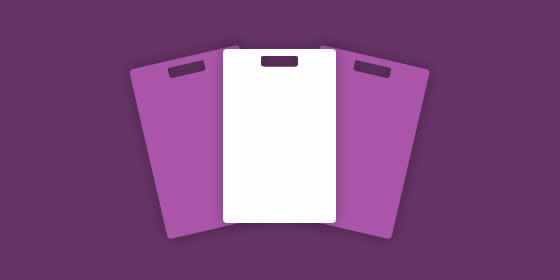Ticket Sales
Is there a better way to talk to skiers about the cost of RFID cards?


BLANCHARD
When you think of RFID tickets from the skier’s perspective, the way we describe the costs and risks associated with these bits of media is somewhat odd.
So you want to buy a lift ticket? Great! That lift ticket, however, doesn’t technically get you on the lift anymore. No, for that you’ll also need a Templeton Resort access card. That costs $5. Now don’t lose that card or you’ll have to pay $5 again. Oh, you just want a wicket ticket? Sorry, this $5 card is now required. And while you’re going 40mph down our mountain make sure you don’t fall too hard on that card. Damaged cards may not work and you’ll have to pay $5 again to replace that thing you don’t want and didn’t used to need.
Maybe your resort eats the cost of the first one with a subtle “make sure you don’t lose it, or else…” statement at pickup, maybe you spell it out as part of the cost of the ticket, but either way we always speak in terms of costs to the skier. Which makes these RFID tickets sound more like “service fees” that consumers already aren’t huge fans of.
Well, service fees that you can somehow lose and have to pay again.
Reframing the Cost
Certainly there are hard costs to account for and I don’t want to gloss over that. Those are real and often come with constraints around how those costs are covered and addressed with the way you set up products.
But the question I keep asking is whether we could reframe these cost in a way that feels better the skier. I keep asking if we could talk about these costs in a way that maybe even encourages repeat visitation, while accomplishing the same cover-your-costs calculations as before.
For example, our current verbiage often treats the card as a liability:
Thanks for buying a lift ticket! At the resort you’ll be given a Templeton Resort access card you’ll use to get on the lift. You can use this card the next time you visit, but don’t lose this card! There is a $5 fee to replace it.
But what if you could rework the math so the card is an asset that earns them a deal when they return:
Thanks for buying a lift ticket! At the resort you’ll be given a Templeton Resort access card you’ll use to get on the lift. What’s great is this card also acts as a discount card for future visits! Use this card online or at the ticket window to save $5 on your next visit!
Even if we don’t change a thing, the way Brighton talks about their RFID passes, for example, takes enough of the edge off the message that it already feels a little better:
A one-time media fee of $5 will be charged to cover the cost of the reloadable cardstock. If you have a 22/23 lift ticket, consider reloading eligible tickets to save even more!
Maybe?
It’s not always that simple, of course, but the language I see surrounding these passes feels stiff enough and copy/paste enough that I wonder if there’s an opportunity here to chisel off some of these sharp corners to create a friendlier, more guest-centric message around RFID media.
Something that makes these cards feel more like an asset and less like a liability.
You know the math and product setups at your resort better than I could ever hope to, so maybe this is as good as we can do. But I simply want to ask the question and challenge marketing teams to look at this language in the off season and see if there might be a better way to frame this for our skiers. Maybe there is, maybe there isn’t, but if someone has a good example of doing this well or makes changes? Let me know, I’d love to see.
About Gregg & SlopeFillers
I've had more first-time visitors lately, so adding a quick "about" section. I started SlopeFillers in 2010
with the simple goal of sharing great resort marketing strategies. Today I run marketing for resort ecommerce and CRM provider
Inntopia,
my home mountain is the lovely Nordic Valley,
and my favorite marketing campaign remains the Ski Utah TV show that sold me on skiing as a kid in the 90s.
Get the weekly digest.
New stories, ideas, and jobs delivered to your inbox every Friday morning.
